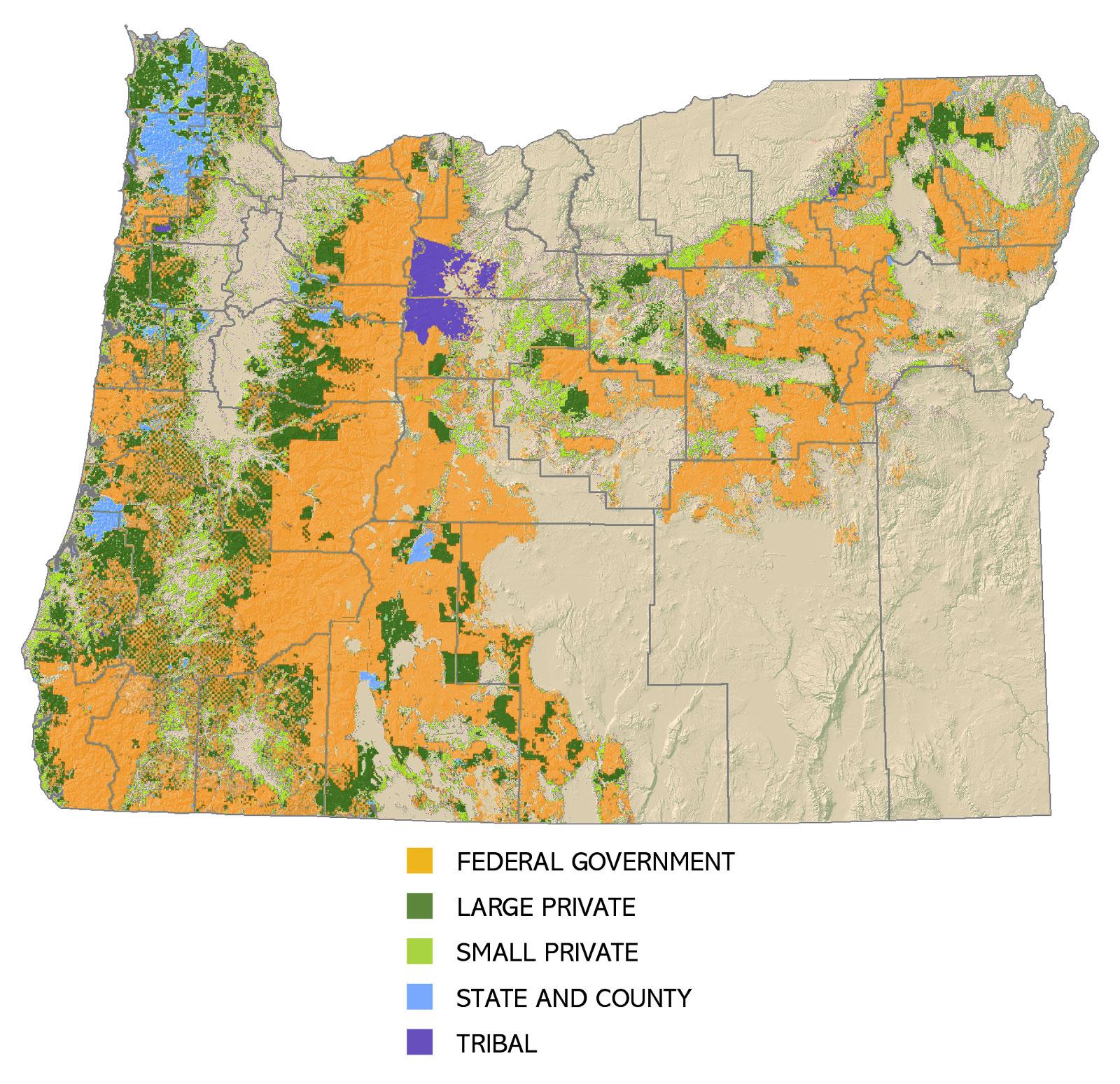A leader in engineered wood
A number of Oregon companies are using innovative techniques to turn raw timber or lumber into value-added engineered wood products. These products, also known as advanced wood products or simply “mass timber,” typically mean more mills, more jobs and more money staying in Oregon.
















